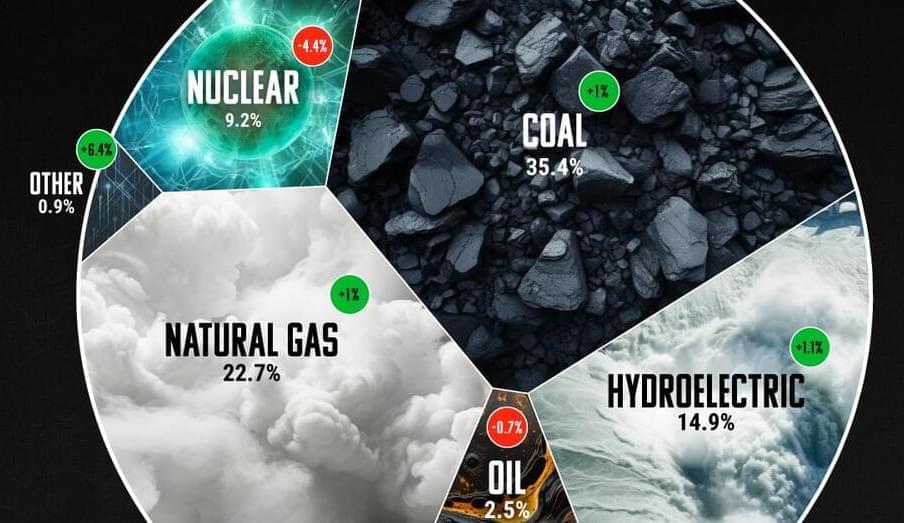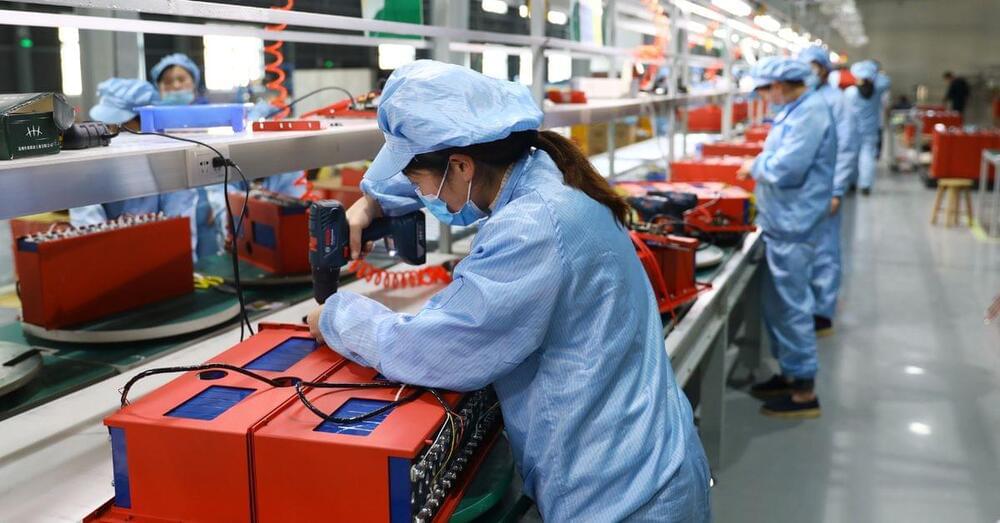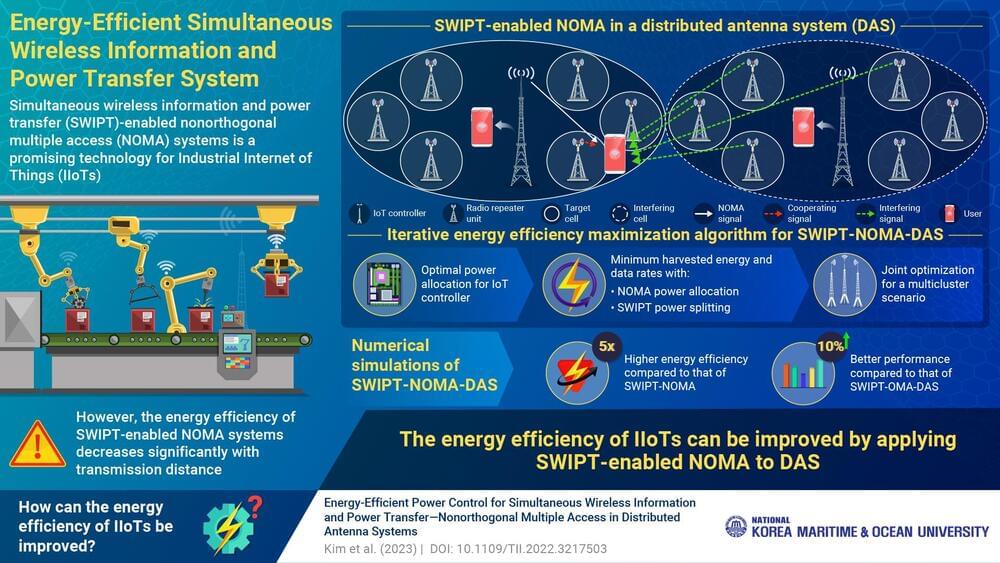TouchWind.
For years, the wind energy industry has adopted the three-blade model for its turbines. As the world looks for cleaner sources of energy, the turbines are getting larger and are also going deeper into the seas, where winds blow stronger.


The need for modern technologies to dismantle existing underwater infrastructure is growing due to increasing demand for renewable energy sources. For example, to bring a wind power plant in the sea up to higher powers, the existing old steel frames, which may be below sea level, must first be dismantled so that engineers can rebuild them to obtain these higher powers.
In laboratory tests, researchers at the Fraunhofer Institute for Material and Beam Technology IWS (Fraunhofer IWS) have developed a shortwave green laser method for beneath-sea cutting that offers multiple advantages over commonly used techniques that use saws, automatic saw wires, and plasma cutters, for example.
According to the researchers, the technique is possible because of the availability of shortwave green lasers in the more-than-1-Kw-class, which are required to achieve the necessary cutting power. In the future, the researchers said, shorter-wavelength versions with blue lasers are conceivable.

From VC Elements—bridging the gap between global trends shaping our future, and the raw materials powering them ⚡️.
Coal is Still King
Coal still leads the charge when it comes to electricity, representing 35.4% of global power generation in 2022, followed by natural gas at 22.7%, and hydroelectric at 14.9%.

Morgan Stanley released a report Monday, predicting a semiconductor-driven hopeful outlook for Musk’s company.
Tesla’s shares were up 9.5 percent yesterday. But what drove them up?
The investment banking firm issued a research note that upgraded the Elon Musk-owned automotive company’s rating from ‘equalweight’ to ‘overweight’ with a price target of $400 from a prior price target of $250. An ‘overweight’ rating means that the analysts, in this case Morgan Stanley (MS), expects Tesla’s stock to outperform its industry in the market.
Wikimedia Commons.
A Morgan Stanley research report.

Researchers are even exploring the possibility of extracting lithium from seawater, potentially a game-changer for lithium accessibility globally.
A recent breakthrough by researchers at Princeton University provides renewed optimism for the future of the battery industry. An innovative method for extracting lithium presents a high potential to revolutionize clean energy sectors, such as electric vehicles and grid storage, while also reducing the environmental impact of lithium production.
Lithium, the silvery-white metal found in abundance in saline waters, has been a cornerstone of the clean energy transition. However, the environmental footprint of traditional lithium extraction is far from pure, requiring expansive plots of land and prolonged extraction processes. The solution? A new groundbreaking method that reduces both land use and time.

We could soon see more lithium-ion batteries made with recycled materials thanks to a new partnership. BASF, a battery materials producer, has announced that it’s teaming up with Nanotech Energy, a maker of graphene-based energy products, to produce lithium-ion batteries with recycled materials for customers in North America.
While BASF will create the cathode active materials using recycled metals from a Battle Creek, Michigan facility, Nanotech will use those materials to create the lithium-ion battery cells. Making the batteries with recycled metals could decrease their CO2 footprint by around 25 percent, according to BASF.
Additionally, BASF and Nanotech Energy will also work with the American Battery Technology Company (ABTC) and the Canada-based TODA Advanced Materials Inc. ABTC will recycle the materials gathered by Nanotech, such as nickel, cobalt, manganese, and lithium. TODA will then use the materials to create battery precursors, which BASF will then convert into cathode active materials.
The year one hundred two thousand twenty-three. A giant meteorite the size of Pluto is approaching the Solar System. It flies straight to Earth. But as the meteorite crosses Saturn’s orbit, a swarm of miner probes approaches it. The scan revealed no minerals on the object, so the searches returned with nothing.
Meanwhile, the Space Security Center in Alaska military personnel are setting up a laser. The Solar System witnesses a sudden flare and nothing remains of the dwarf-sized meteorite. Now, unless hydrogen miners on Jupiter post videos of another annihilation on social media… This is what the world will look like when humanity finally becomes a Type Two civilization on the Kardashev scale. We’ll have almost infinite energy reserves, the ability to prepare for interstellar flights, or to instantly destroy any threat. But will humanity really be safe? And what can ruin a Type Two civilization?

NASA’s Perseverance rover has successfully completed an experiment designed to create oxygen on Mars, using a technique that could one day provide astronauts with breathable air, and be used as a key ingredient in rocket fuel for a return journey home.
Humanity is looking to expand deeper into the solar system, first by establishing a permanent base on the Moon, before finally placing human boots on Mars for the first time in our species’ short history. For this to be a reality, both NASA and its partners need to develop new technologies that will make use of the natural resources of those distant worlds to ensure that future missions are as self reliant as possible.
One major problem faced by astronauts visiting Mars is ensuring they have a ready supply of breathable air. Oxygen on Earth is relatively abundant, making up roughly 21 percent of our planet’s atmosphere. However, the gasseous shell enveloping Mars is composed of less than one percent oxygen, and 96 percent carbon dioxide, with nitrogen, argon, and other myriad trace gases making up the remainder.

Astronomers from the University of Maryland and the Michigan Technological University, have inspected a mysterious ultra-high energy gamma-ray source known as LHAASO J2108+5157. Results of the study, published August 31 on the pre-print server arXiv, could help us unveil the true nature of this source.
Sources emitting gamma radiation with photon energies between 100 GeV and 100 TeV are called very-high energy (VHE) gamma-ray sources, while those with photon energies above 0.1 PeV are known as ultra-high energy (UHE) gamma-ray sources. The nature of these sources is still not well understood; therefore, astronomers are constantly searching for new objects of this type to characterize them, which could shed more light on their properties in general.
A team of astronomers led by University of Maryland’s Sajan Kumar decided to take a closer look at one such UHE gamma-ray source designated LHAASO J2108+5157. It is a point-like source with an extension less than 0.39 degrees, known to be associated with the molecular cloud [MML2017]4607—located some 10,700 light years away.

Industrial Internet of Things (IIoTs) refers to a technology that combines wireless sensors, controllers, and mobile communication technologies to make every aspect of industrial production processes intelligent and efficient. Since IIoTs can involve several small battery-driven devices and sensors, there is a growing need to develop a robust network for data transmission and power transfer to monitor the IIoT environment.
In this regard, wireless power transfer is a promising technology. It utilizes radio frequency signals to power small devices that consume minimal power. Recently, simultaneous wireless information and power transfer (SWIPT), which utilizes a single radio frequency signal to simultaneously perform energy harvesting and information decoding, has attracted significant interest for IIoTs.
Additionally, with smart devices rapidly growing in number, SWIPT has been combined with nonorthogonal multiple access (NOMA) system, which is a promising candidate for IIoTs due to their ability to extend the battery life of sensors and other devices. However, the energy efficiency of this system falls significantly with transmission distance from the central controller.